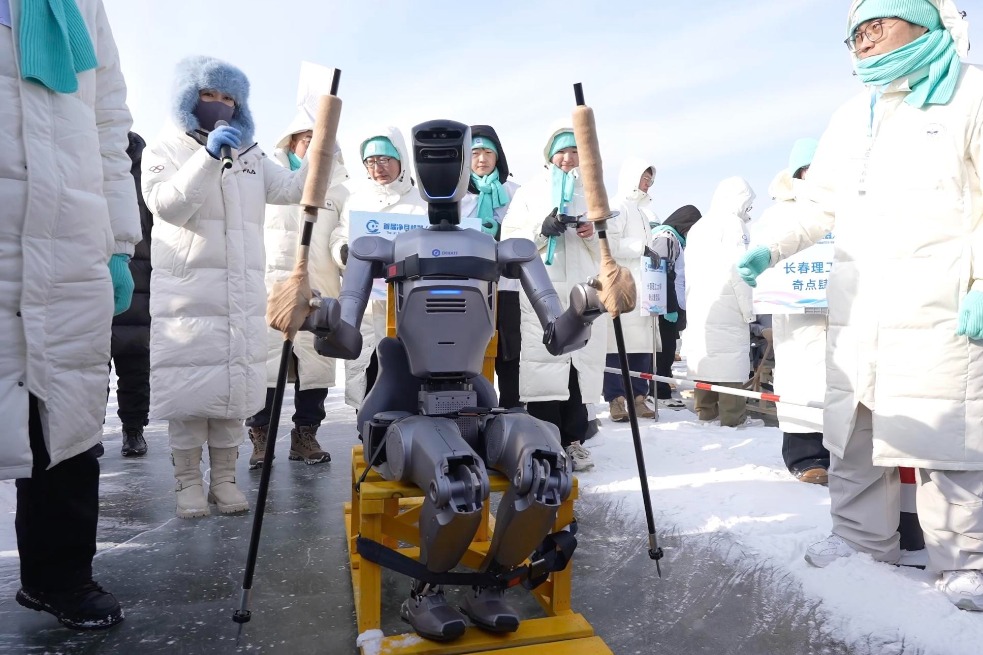Six fallacies and truths about China's epidemic control


"We quickly adjusted the variety of drugs we produce, increased the output, and went all out to ensure the market demand of antipyretic and analgesic drugs such as ibuprofen and aspirin," said Kou Zuxing, deputy general manager of Shandong Xinhua Pharmaceutical Co., Ltd., based in the city of Zibo, Shandong Province.
As the world's leading producer of ibuprofen materials, the company's tablet capacity has been raised threefold, while its ibuprofen production has climbed to more than 10,000 tablets a minute.
The total number of beds in second-grade medical institutions and above in China is 5.616 million, and the utilization rate of beds has fluctuated around 60 percent recently. The total number of intensive care beds in China has reached 150,000, meaning there are 10.6 beds per 100,000 people. The country has a reserve of 70,000 adaptable intensive care units (ICU).
As for the equipment used to treat COVID-19 patients, there were 151,100 hemodialysis units, 19,700 continuous renal replacement therapy (CRRT) units, 2,300 extracorporeal membrane oxygenation (ECMO) machines, and over 192,000 invasive and non-invasive respirators in second-grade hospitals and above as of late December.
"Overall, China has adequate medical resources, including beds and equipment, to meet the demand of patients in critical condition," said Jiao Yahui, head of the Bureau of Medical Administration under the National Health Commission (NHC).
China will put more effort into tracking the spread of the epidemic, strengthen coordination between cities and regions, and upgrade and expand relevant resources to meet people's medical demands, Jiao said.
FALLACY 5: "'DARK COVID WINTER' FOR VILLAGERS"
The truth is: China has made rural areas a focal point in the country's current COVID response, boosting medical capacities and providing timely support.
The country's 23,000 county-level medical institutions, 35,000 township hospitals and 599,000 village clinics have formed a closely collaborative and efficient health protection system so that rural patients can enjoy tiered, timely and convenient medical services.
























